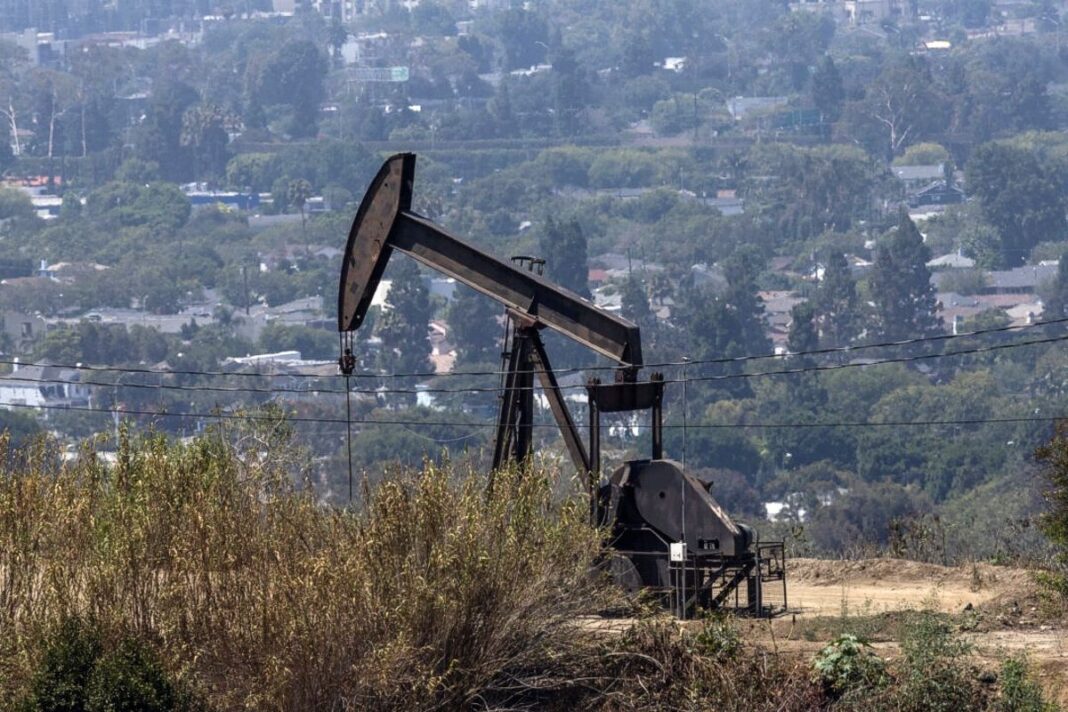Experts warn that global energy markets could be oversupplied in the near term, which is expected to further weigh on oil prices.
The price of crude oil has fallen sharply this year, and the energy industry is bracing for lower prices in 2026.
Prices for a barrel of West Texas Intermediate crude oil, the U.S. benchmark, have declined about 15 percent, to around $61 a barrel on the New York Mercantile Exchange.
U.S. oil prices had slipped below $58, before climbing on tighter enforcement of sanctions on Russian petroleum exports and the potential disruption of energy flows.
Still, despite the geopolitical-driven periods of volatility this year, oil’s overall performance since mid-January may be indicative of what the energy industry could expect heading into 2026.
“We’re prepared for prices in 2026 to be lower than they were in 2025,” Chevron CEO Mike Wirth said during an Oct. 29 interview with Fox Business host Maria Bartiromo.
Experts warn that global energy markets could be oversupplied in the near term, which is expected to further weigh on oil prices.
The Organization of the Petroleum Exporting Countries (OPEC) and its allies, OPEC+, plan to bolster output and bring daily production levels to 4 million barrels.
OPEC will convene its next meeting on Nov. 2, and officials are widely expected to agree to an additional increase of supply by 137,000 barrels per day for December.
“The uncertainty surrounding sanctions on Russia also supports this increase. However, the move will only reinforce the bearish outlook for the market, adding to the substantial surplus expected through 2026. Obviously, this is assuming no supply shocks from Russia,” ING commodity strategists said in an Oct. 31 note.
Oil supply growth among other non-OPEC+ producers, such as Argentina, Brazil, Canada, and Guyana, is expected to be approximately one million barrels per day next year, the International Energy Agency (IEA) projected in September.
U.S. producers, meanwhile, are also ramping up their output, totaling 13.644 million barrels per day, according to the latest data from the Energy Information Administration (EIA).
A challenge for worldwide energy markets has been waning demand.
By Andrew Moran







